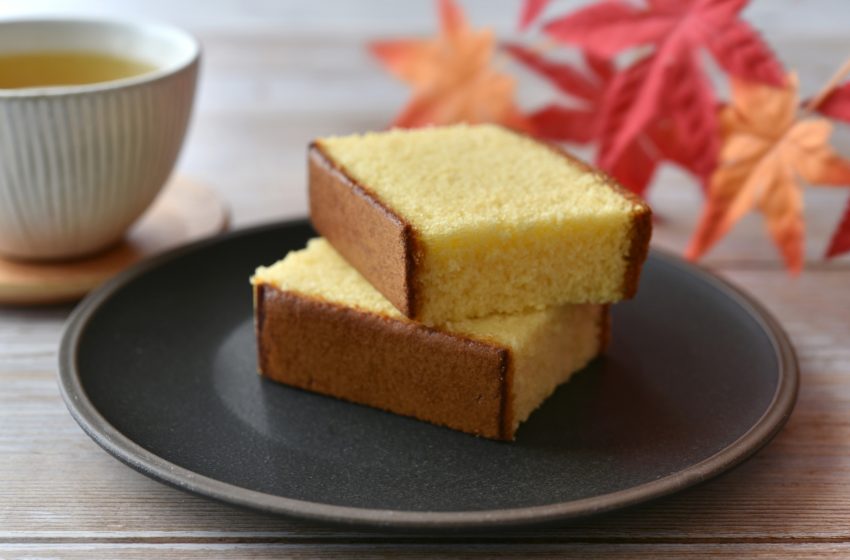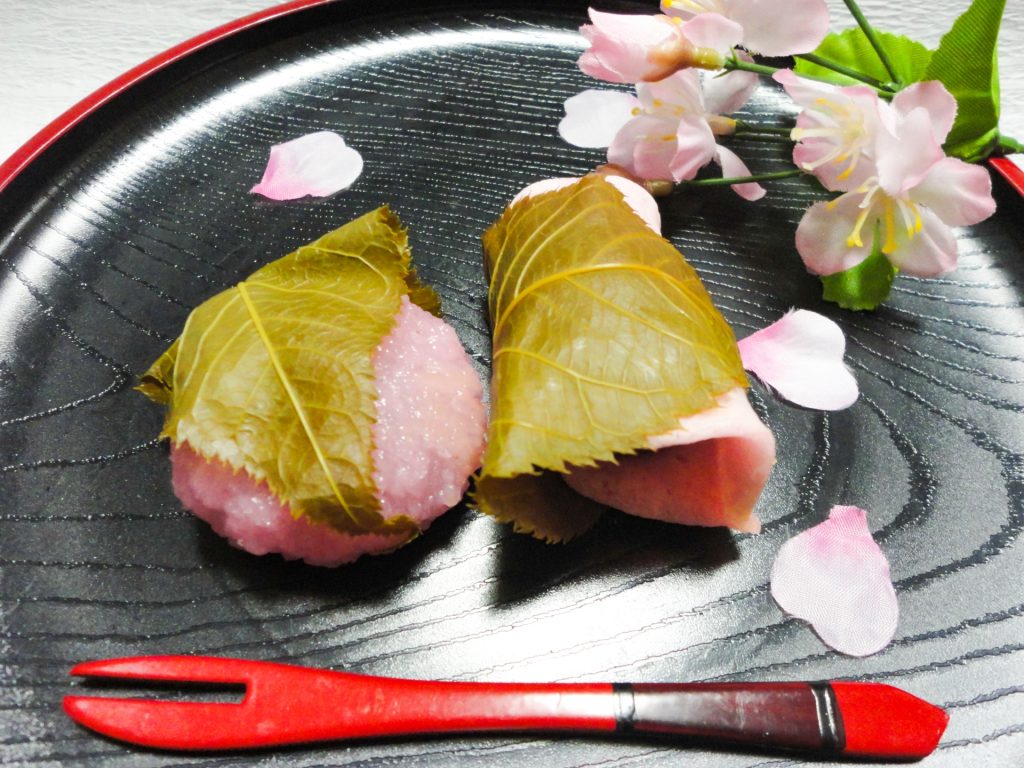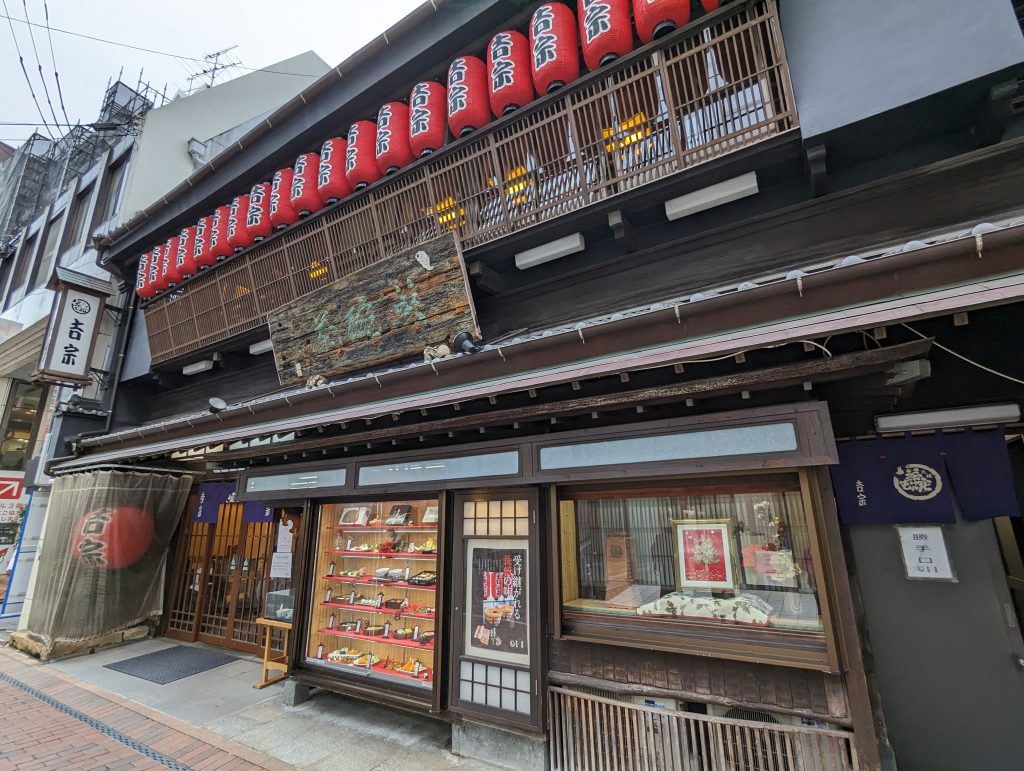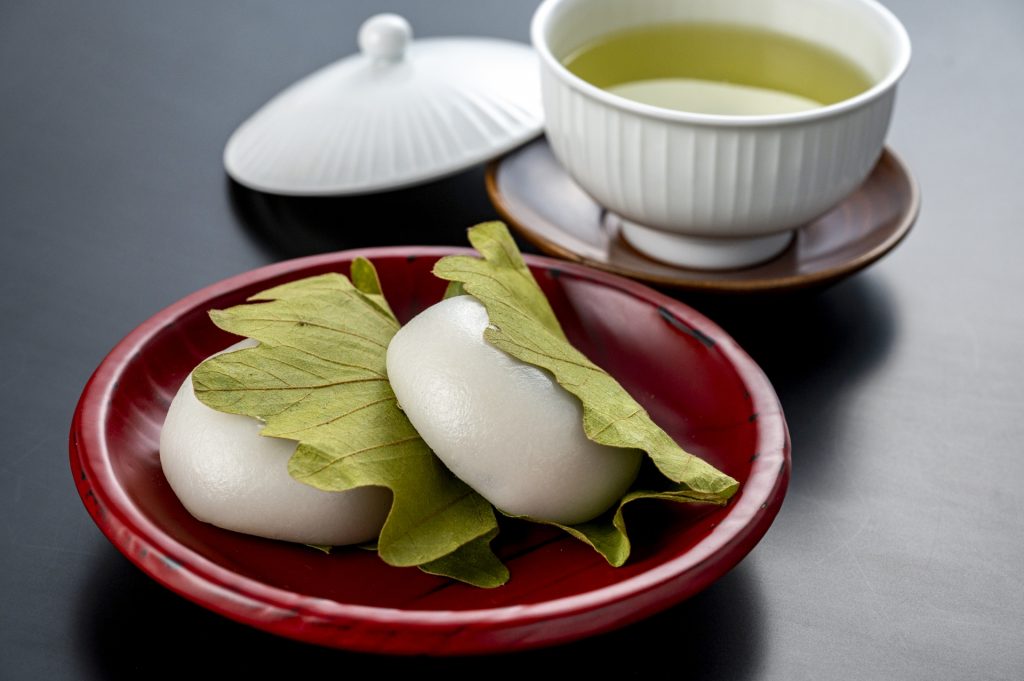
Castella Cake: A Slice of Nagasaki’s Sweet Legacy
Welcome, culinary enthusiasts and lovers of all things sweet! Today, we’re diving into the delicious world of Castella Cake, a beloved confection that’s not just a treat for your taste buds but also a piece of Nagasaki’s rich cultural heritage. This simple yet delightful sponge cake embodies centuries of cultural exchange and is a testament to the fusion of Japanese and Portuguese culinary traditions.
The Sweet Story of Castella Cake
Castella Cake, known as “Kasutera” in Japanese, has its roots in the 16th century when Portuguese merchants brought the concept of European sponge cakes to Japan. Adapted from “Pão de Castela,” meaning “bread from Castile,” Castella Cake has evolved into a quintessentially Japanese treat. Over the centuries, Japanese bakers have refined the recipe to what it is today—a moist, airy cake with a fine texture and subtle sweetness.
Crafting the Perfect Castella Cake
The traditional Castella Cake is a marvel of simplicity and precision, typically made from just four ingredients: sugar, flour, eggs, and starch syrup. The absence of butter or oil is what gives Castella Cake its distinctive texture. Achieving the perfect Castella requires a meticulous baking process where the batter is carefully mixed and baked at just the right temperature to create its characteristic fluffy yet slightly firm texture.
Exploring Varieties and Flavors
While the classic Castella Cake is beloved for its simplicity, there are now numerous variations that infuse new flavors into the traditional recipe:
- Honey Castella Cake: Enhanced with the gentle, natural sweetness of honey.
- Matcha Castella Cake: Offering the rich, earthy depth of green tea.
- Brown Sugar Castella Cake: Providing a deeper, caramel-like sweetness.
- Chocolate Castella Cake: A must-try for those who love a chocolatey twist.
Savoring Castella Cake
Castella Cake is a versatile snack that’s perfect for any occasion. Enjoy it as a delightful accompaniment to tea or coffee, savor it as a special treat during festivals, or gift it as a symbol of care and friendship. Its light, spongey texture and subtle sweetness make it an ideal treat for any time of day.
Where to Find Castella Cake
Nagasaki is the heartland of Castella Cake, and here you’ll find numerous shops, each boasting their own secret recipes and techniques. Many of these recipes have been guarded and perfected over generations. For visitors to Nagasaki, a Castella Cake tasting adventure is an essential and delicious way to experience the city’s culinary culture.
Baking Your Own Castella Cake
Inspired to create your own Castella Cake? While the ingredients are simple, the technique can be a bit challenging for beginners. The secret lies in how you beat the eggs and control the oven temperature. But don’t let that discourage you—the result is a rewarding, deliciously sweet sponge cake that you can call your own.
Conclusion: A Taste of Nagasaki’s Culinary Artistry
Castella Cake is more than just a dessert; it’s a symbol of Nagasaki’s history and a beloved icon of Japanese confectionery. Whether you’re enjoying it in a traditional Japanese tea room or baking it in your kitchen, Castella Cake offers a sweet taste of Japan’s legacy of cultural exchange and culinary innovation.
So, embark on this sweet journey, and let the Castella Cake be a memorable part of your culinary explorations in Japan.
Happy tasting and enjoy the delightful journey through the world of Castella Cake!




